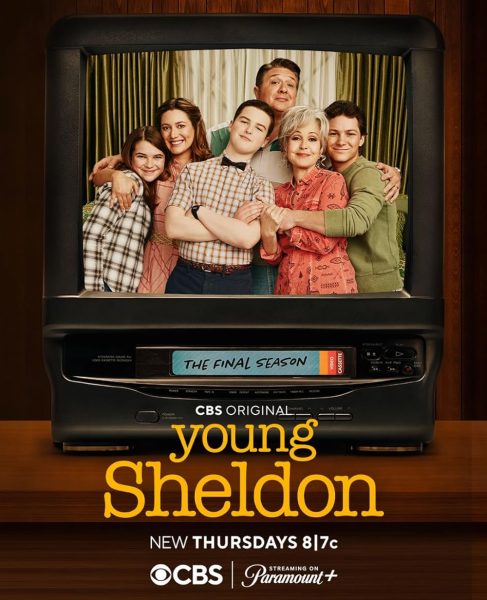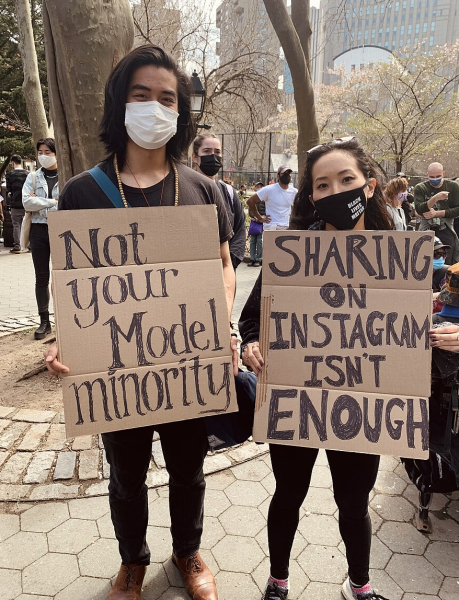Casual representation: absent but implicit
Representation of marginalized groups sounds great, but the mere presence of certain minority characters and ideas is not enough
December 21, 2022
Representation in the media has long been out of date and thus continues to be ineffective in normalizing minority cultures and lifestyles. The presence of minorities and “accurate” representation fail to achieve their only goal: the integration of lifestyles and cultures. Writers, to reach the sophisticated notion of normalized living for all individuals, must utilize a new method of representation dubbed “casual representation” by YouTuber Rottenricey, who analyzed such representation in the show “Carmen Sandiego.”
Currently, representation often delivers on one of two things. First: the notion of one-note representation, characterized by inclusivity for the sake of inclusivity; media of this nature often contain negative or repetitive stereotypes and 2D characters. Here, the presence of a minority character who exists solely to be a walking label is maximum representation.
An article from the University of California’s newspaper noted, “The mere presence of an individual doesn’t connote representation; representation requires a deeper level of understanding of how one’s culture or experiences contribute to their identity.”
An additional problem that comes alongside recurring stereotypes is the human response to them: “When I first started questioning my sexuality… I felt an inexplicable repulsion at the idea of identifying as a ‘lesbian’—a word with which I had come to associate with hardheadedness, masculinity, and even predatoriness,” Kyra McNally Albers wrote in an essay regarding the representation of minority students in the media. This rigid representation dismisses the idea that being a minority is “an aspect of [one’s] identity…, does not define [one’s] personality…, but rather adds to it.”
In the same way, Victoria King, the Co-President of the RV Black Student Union, stated, “There is a lot of the strong black woman stereotype in the media. That, in my opinion, is not inherently a bad thing because black women are strong, but at the same time, we are able to be docile, gentle, and feminine; those are not words that are typically used to describe black women, but they are definitely true.”
Second: the singling out of a culture or minority individual and celebrating their differences. While good in nature and in depth of exploration, ultimately this representation is founded on ostracism as it depicts minority characteristics as being seldom seen and therefore abnormal.
To achieve a true normalized representation of minorities, “casual representation” acts as a two-type method to achieving many of the goals of inclusivity in media and reality. The first type lacks emphasis on accentuating culture as a shock; such culture-related behaviors are normal to the character and are presented to the audience as such. For the LGBTQ+ community, representation of this nature aims to abolish heterosexist tendencies.
The second type drives the phrase “character [or plot] first, minority later,” another phrase from Rottenricey’s video, which breaks stereotypes and promotes the idea that any individual can be anything, not despite their identity, but in addition to it. While also showing capable characters that also happen to be part of a minority, representation of this nature gives autonomy and agency to the characters within their plots, as opposed to the “chosen one,” who stands out compared to individuals of the same or a similar identity.
Both manners of representation are achieved through “show, don’t tell representation,” as stated by Rottenricy: the idea that “any person of any gender, appearance and background can be a [capable and interesting character] without ever explicitly stating…” their fight is for minority justice. It shows characters with personal struggles and in-depth backstories first, and a minority later.
Amidst the aforementioned unproductive representation, “casual representation” has been explored in more recent media, including the Netflix animated show “Carmen Sandiego,” which aired in 2019, which explores the adventures of Carmen Sandiego, a world-traveling master thief who uses her skills for good.
“Never in the show is it mentioned how curious it is that the best thief in the world is a woman. After all, her being a thief is much more important,” stated Rottenricey in her analysis and somewhat opinionated Youtube video outlining the show’s representation. The show also “never… explicitly state[s] that Carmen likes both men and women, but she’s shown to.”
The simple exclusion of labels or opposition to her identity effortlessly normalizes the existence of a strong character who happens to be a woman and LGBTQ+.
“Casual representation” aims to better the lives and development of previously underrepresented individuals by including their culture, behaviors, and lifestyles without stigma. Albers, in the previously quoted essay, mentioned that “limited representation or lack of representation of different types in children’s media can affect their development of self-esteem and self-image, often negatively, in different ways.”
To continue the common trend of “casual representation,” the conflict should more frequently be other than that of the common minority struggling to coexist with others, as “there aren’t many movies and books in the real world of black girls and black boys just enjoying their life; it’s always a struggle. And that struggle is always racial,” King stated.
Ms. Cvetnich, student assistance counselor, GSA supervisor, and school psychologist, agreed.
“Don’t totally discard it, but minimize it,” she said, as media containing such struggles are valid representations as they allow for the presentation of history and the harsh reality of its remnants.
As Rottenricey concluded, “I don’t want to overthrow or erase media that deals with the struggles or generally revolves around being [a minority], but it was so refreshing to see [minority] people just be accepted as commonplace and simply existing as actual characters.”












